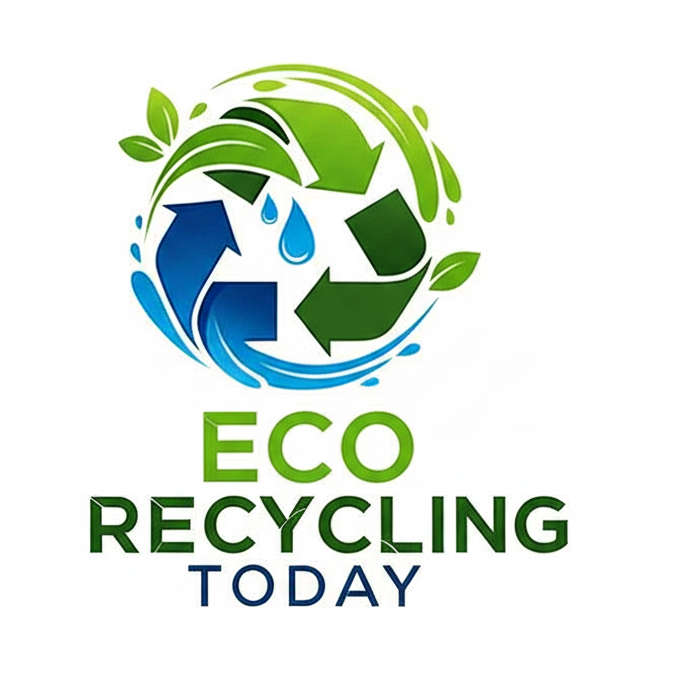Recycling at home is one of the easiest ways to reduce waste, conserve resources, and contribute to a healthier environment. With a few simple steps, you can create an efficient recycling system and make a significant impact. This guide will walk you through everything you need to know about home recycling, from sorting materials to finding the right recycling centers.
Why to Recycle at Home
Recycling helps to reduce landfill waste, conserve natural resources, and cut down on pollution. By recycling household materials, you are contributing to a sustainable future and minimizing your carbon footprint.
Setting Up a Home Recycling System
To make recycling easy and effective, follow these steps:
- Identify Recyclable Materials – Common recyclables include paper, cardboard, glass, plastic, and metal. Check your local recycling guidelines to know what is accepted.
- Create Separate Bins – Use labeled bins for different materials to keep them sorted.
- Clean and Dry Items – Rinse food containers before placing them in the recycling bin to avoid contamination.
- Check Local Regulations – Each city has its own recycling rules. Make sure you follow them to prevent rejected items.
What Can You Recycle at Home?
Paper and Cardboard
- Newspapers, magazines, and junk mail
- Cardboard boxes and paper packaging
- Office paper and notebooks (without plastic covers)
Glass
- Bottles and jars (clear, green, and brown)
- Avoid broken glass, which may require special disposal
Plastics
- Plastic bottles and containers labeled with recycling symbols (1-7)
- Avoid plastic bags, as they often need special recycling programs
Metal
- Aluminum cans and tin cans
- Metal lids and small scrap metal pieces
Items That Shouldn’t Be Recycled
Not everything belongs in the recycling bin. Common contaminants include:
- Styrofoam and plastic wrap
- Food-contaminated items like greasy pizza boxes
- Certain glass products, such as mirrors and light bulbs
- Electronics and batteries (which require special recycling centers)
Finding a Recycling Center Near You
Many communities have curbside recycling programs, but some materials require drop-off at specialized centers. To find the best recycling options:
- Check your city’s waste management website
- Use online directories like Earth911 or RecycleNation
- Visit local supermarkets or hardware stores with recycling bins for batteries and electronics
Additional Tips for Effective Recycling
- Reduce and Reuse First – Cut down on waste by using reusable items like shopping bags and water bottles.
- Buy Recycled Products – Support the recycling industry by choosing products made from recycled materials.
- Educate Your Household – Teach family members about proper recycling habits to ensure consistency.
Recycling at home is a simple but powerful way to help the environment. By understanding what can be recycled, setting up an efficient system, and following local guidelines, you can make a positive impact. Start today and encourage others to do the same!
